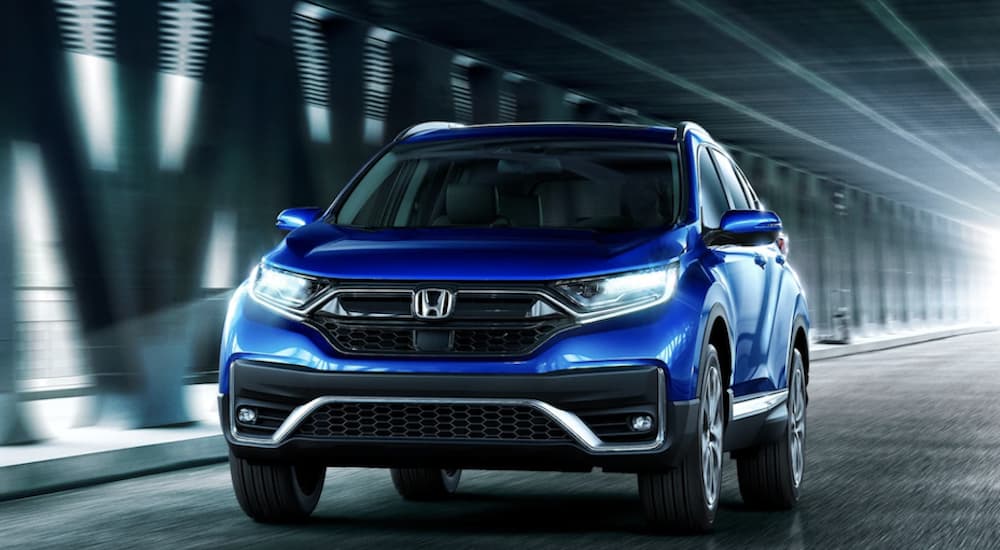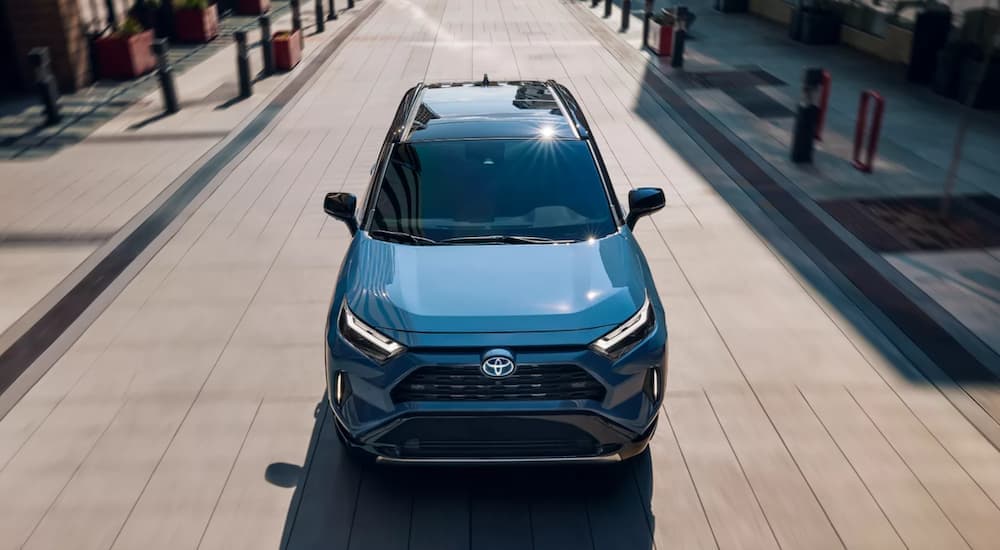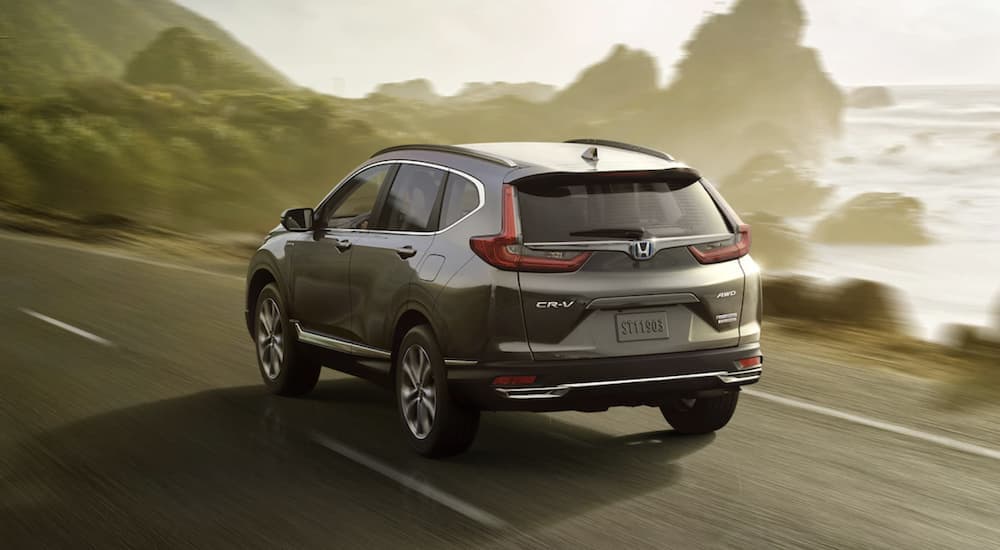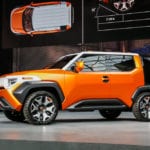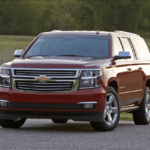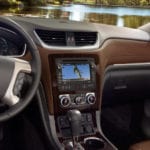Buying a car for the first time can be overwhelming, especially if you’re shopping on a limited budget. Even if you’ve narrowed your search to a specific body style, your choices are seemingly endless. Consider the crossover, arguably the most sought-after body style, especially for first-time buyers. Vehicles like the 2022 Honda CR-V vs 2022 Toyota RAV4 are hugely popular.
If you’re shopping for a new crossover, know that you’re in the majority. Automakers like Honda and Toyota know that securing your business right out of the gate means potentially gaining a lifelong customer. The goal is to keep you in the family for life, so as a first-time buyer, know that you’re in an incredibly advantageous position. It’s critical to capitalize on your first-time buyer status because it’s a one-shot deal.
We’re going to teach you some secrets about how to use your newbie status to your advantage. These days, new buyers have so many shopping tools at their fingertips. Not only that, but manufacturers often run promotions or offer rebates to entice first-timers. You may already be overwhelmed or wary of the learning curve, but luckily, sometimes all it takes is partnering with a forward-thinking dealer.
Secret Tip #1: Do Your Homework
Arming yourself with the right information before moving forward with a new car purchase is critical. We call this the research stage. All you need for this stage is a few hours of free time and an internet connection. Your goal is to narrow down your options to two or three models. Ideally, you can drill down to a specific trim level. If you’re scratching your head wondering, “What the heck is a trim level?” just stay with us.
First, summarize what you know. Typically, you know which body style you want–in this case, it’s a crossover–and have a rough idea of your budget. For this example, we’ll assume you want a midsize model and your budget ceiling is $35,000. If you search for a list of midsize SUVs/crossovers, Google will quickly return a mind-numbing series of options. So, we suggest a different method for whittling down your list of potential winners.
Within the complex juggernaut that is the automotive industry, there are surprisingly few reputable review sites. We suggest choosing one (two at the most) and focusing your research there. Our favorites are Car and Driver, MotorTrend, and Kelley Blue Book. These three sites are reputable and completely objective, so the information you gather isn’t tainted by paid endorsements.
Using the Honda CR-V vs. the Toyota RAV4 example, a quick look at Car and Driver’s review for each (CR-V vs RAV4) reveals the CR-V is rated higher. The same is true with MotorTrend (CR-V vs RAV4). As you scroll through the details, you’ll see that each site breaks down its reasoning consistently, making side-by-side comparisons much more straightforward. Finally, if you’re back at square one, read some “best of” articles to uncover patterns. You’ll start seeing the same models listed over-and-over, which is a good indication of quality and value.
Secret Tip #2: Choosing the Right Trim
Once you’ve narrowed down your choices to one or two vehicles, it’s time to dig deeper. You can do this two ways: visit the manufacturer’s website or head to your local dealer. You’ll save time if you do a little research beforehand, so our suggestion is to head online first. Automakers publish tons of specifics on each vehicle in their lineups, so you’ll be able to browse everything from colors to options.
The manufacturer’s website also includes a handy build tool that lets you spec out different configurations. This is where trim levels come into play. For example, let’s say that you’re sold on a 2022 Honda CR-V, which comes in five different trims. A trim is nothing more than a series of vehicle configurations with popular equipment already bundled together. Most vehicles, like the CR-V, include around four to six trims.
Trims substantially simplify the build process because they eliminate the need to build your vehicle from an a la carte menu of features. Today’s new crossovers include hundreds of comfort, convenience, and luxury features. With so many options, the sheer number of possible configurations is nearly limitless. Dealers can’t stock thousands of vehicles, so instead, automakers package the most sought-after features into trim levels. They start at a base model, which is the least expensive, and graduate to a top-of-the-line (a.k.a. a fully loaded) version.
The CR-V includes the base LX, Special Edition, EX, EX-L, and Touring trims, which range in price from the mid-$20,000s to the mid-$30,000s. Click over to the ‘compare’ page, and you will see a graphic displaying a side-by-side comparison. It’s a shortcut to determine which trims offer the equipment you want and an easy way to eliminate those that don’t. We recommend spending some time on this page to decide which trim fits your budget and wish list.
Secret Tip #3: Close the Deal
The last but most important step is to choose your dealer carefully. Most dealers publish their inventory online so that you can do some preliminary shopping from home. You should check for any special deals or rebates for the model you want, so you’re ready to negotiate the best price at the time of purchase. Know that reputable dealers are eager to help you save, so they’ll likely disclose any rebates without you having to ask.
It’s also the age of the metaverse, a reality that’s not lost on automotive retailers. Dealers are rapidly building online purchase tools to draw in younger buyers, so if you’re someone who prefers to transact business virtually, look for conveniences like online finance applications and live chats to make progress before you even step foot into the showroom. These days, it’s possible to complete 80 to 90% of your purchase virtually.
Remember, dealers sell cars all day, so it’s important to identify yourself as a first-time buyer. Make no apologies if it takes you longer to understand all the complexities of a car purchase. Consider walking away if the dealer seems impatient or rushes you through the paperwork. Buying a vehicle is a significant investment, so it’s essential to know exactly what you agree to on the contract before finalizing the deal.
New vehicle buyers can choose to lease or secure a traditional loan. There are benefits to each, so add that to your list of pre-purchase research. Leases tend to offer lower monthly payments, but you won’t own your car at the end of your lease. Think of a lease as a long-term car rental. Conversely, financing your crossover with a loan means you’ll own it at the end of the term, but your monthly payment will probably inch higher.
Trust Your Dealer
Many grizzled car-buying veterans might tell you to be wary of dealers, but much has changed in recent years. Today’s automotive retailers are more customer-centric than ever before. The goal is to earn your business for life, and because they want you to remain brand loyal, they’ll go the extra mile to ensure you’re completely satisfied with your purchase experience.
If you sense high pressure or caginess at any time, you can always walk away, but reputable dealers don’t transact business that way. You’re the most desirable customer for a new vehicle dealer as a first-time buyer. If they get it right and support you with high levels of assistance and service, you won’t want to shop anywhere else. It’s a cliche, but this scenario is a win-win for everyone.
It’s possible to shop–and buy–with confidence, even though it’s your first time. All it takes is a little time and effort beforehand. So choose carefully, but most of all, enjoy your first new crossover!
